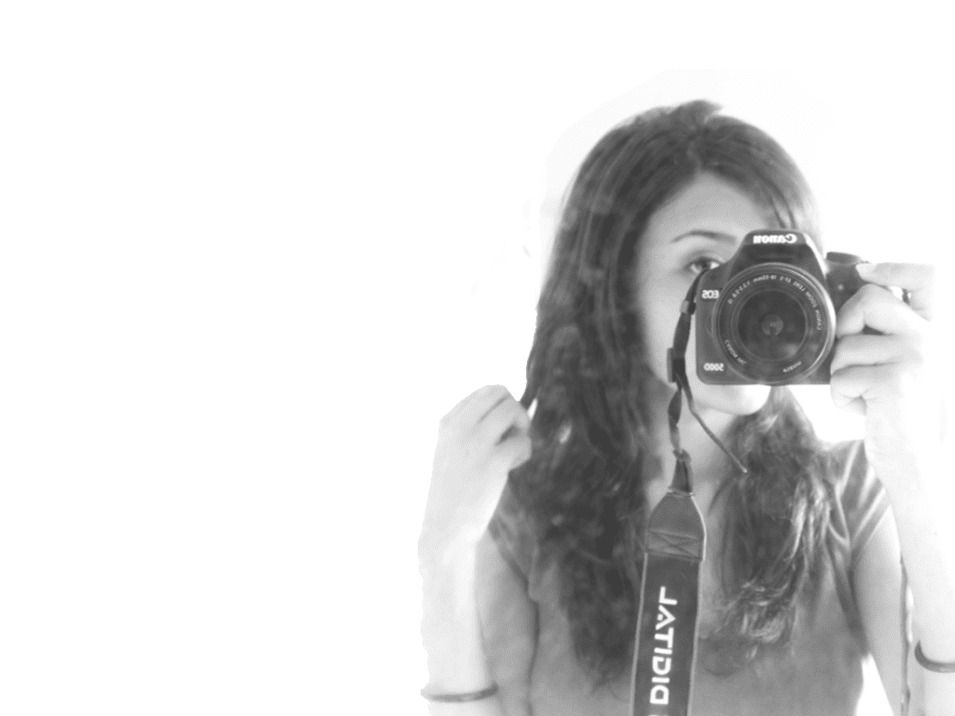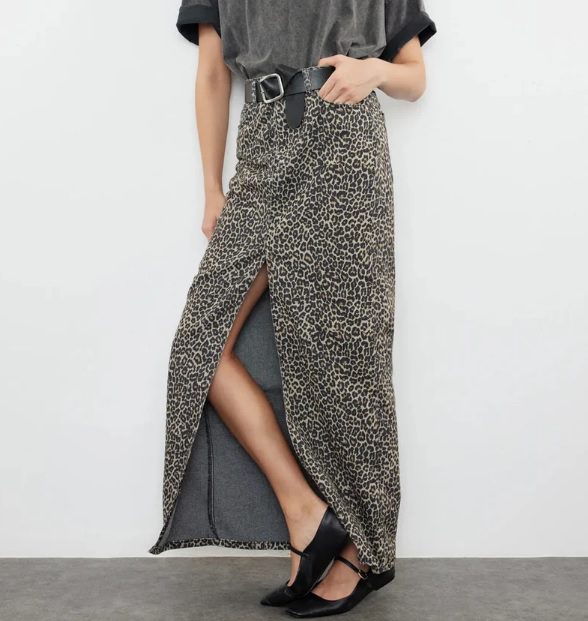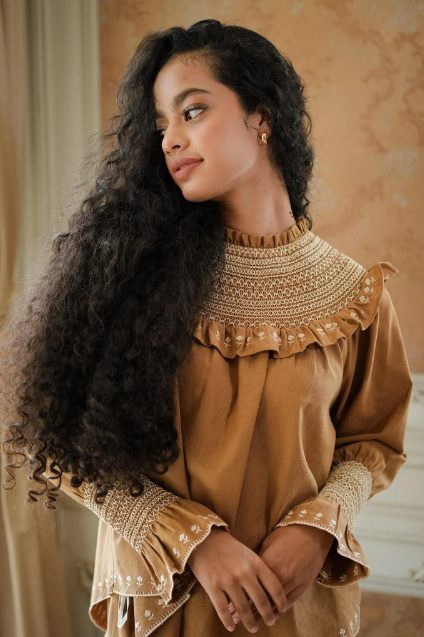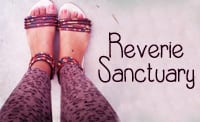
Disclosure: This post contains affiliate links, which means that if you click on one of the product links, a small commission may be credited to this site.
© All images are copyrighted by their respective authors.
Feng Shui, the ancient Chinese art of spatial arrangement and orientation, has been an integral part of
Asian culture for thousands of years. Rooted in the belief that the surrounding environment can affect
one’s fortune and well-being, practitioners have always sought to harmonize human existence with the
natural world. But as with many traditions, time and evolution have shaped Feng Shui’s practice and
interpretation. In recent times, its presence is felt and is a major influence to esteemed establishments.
This article delves into the contrasts and similarities between traditional and modern Feng Shui practices,
with a specific focus on their prevalence in Singapore, a melting pot of cultures and practices. Drawing
from insights and expertise of entities, we’ll explore how this ancient wisdom seamlessly blends with
today’s urban landscapes.
Foundations of Traditional Feng Shui
Traditional Feng Shui is a practice deeply rooted in Chinese cosmology, geography, and the Yin-Yang
theory. Its foundation lies in understanding the forces of nature and aligning human environments with
these energies.
Five Elements Theory
Central to traditional Feng Shui is the Five Elements Theory. The elements – Wood, Fire, Earth, Metal,
and Water – are believed to be the fundamental components of everything in the universe. A Feng Shui
master would ensure a balance between these elements to promote harmony and prosperity.
The Lo Shu Square and Bagua
Another essential tool in traditional Feng Shui is the Lo Shu Square, a 3×3 grid containing numbers that
are said to represent the universe’s fundamental principles. This grid, in combination with the Bagua – an
octagonal diagram representing different life aspects – is used to determine the optimal arrangement of a
space.
Characteristics of Modern Feng Shui
The modern world, with its rapid urbanization and technological advancements, has ushered in a new era
of Feng Shui interpretation and application. While the foundational beliefs remain intact, contemporary
practices have evolved to cater to modern lifestyles and challenges.
Integration with Contemporary Design
Modern Feng Shui has seen a fusion with contemporary interior design. For instance, in bustling cities,
practitioners often have to adapt traditional principles to high-rise apartments, tight spaces, and modern
architecture. This adaptation can involve innovative solutions, such as using mirrors, water features, or
specific colors to counteract spatial constraints.
Technology’s Role
The digital age has brought with it new tools for Feng Shui practitioners. Applications and software allow
for precise calculations and virtual space arrangements, aiding the feng shui master Singapore in making
accurate recommendations even without physically visiting a space.
Traditional vs. Modern: A Comparison
While the essence of Feng Shui remains consistent across both traditional and modern practices, the
methodology and tools differ.
Approach to Space
Traditional Feng Shui often emphasizes natural landscapes, like the placement of a property concerning
mountains and water bodies. Modern Feng Shui, particularly in urban settings, might focus more on the
internal flow of a home or office, leveraging design elements to enhance energy flow.
Tools and Instruments
While traditional practitioners might rely on compasses and manual calculations, modern practitioners
have the advantage of technology, utilizing digital tools for quicker and more precise assessments.
Adaptability
Modern Feng Shui demonstrates a higher adaptability to various architectural styles and spaces, ensuring
that the ancient art remains relevant in today’s world.
The Fusion in Singapore
Singapore, a cosmopolitan hub, presents an interesting case of Feng Shui’s evolution. Traditional
shophouses coexist with towering skyscrapers, and as such, the Feng Shui practices in the city-state
have evolved to cater to both worlds.
Singapore’s Feng Shui Landscape
Many businesses in Singapore, from luxury boutiques to banks, consult with a feng shui master to ensure
prosperity and success. These experts navigate the challenges of urban planning and modern
architecture while maintaining the integrity of ancient Feng Shui principles.
Embracing Both Worlds
It’s not uncommon to see modern homes with traditional Feng Shui charms or businesses in skyscrapers
with water features designed to enhance their fortune.
Conclusion
Feng Shui, both in its traditional and modern forms, strives to achieve harmony between humans and
their environments. While methods and tools may have evolved, especially in rapidly modernizing areas
like Singapore, the core belief in aligning spaces for optimal energy flow remains unchanged. The
evolution of Feng Shui is a testament to its enduring relevance and adaptability across time and cultures.
Image Credit
statement puff sleeve kurung // Qhalesaa

missreverie
Here on Fashionista NOW, our one and very own Miss Reverie showcases the latest in fashion trends and its various social implications in our everyday lives. You may read more of her at REVERIE SANCTUARY.

Traditional VS Modern Feng Shui Practices In Asia

Feeling Feline Chic? Consider These Leopard Print Items

The Tie Dye Dresses For Your Everyday Vacay Vibes

The Timeless Allure Of Diamond Engagement Rings

Fanny Packs Packed With Personality To Complete Your OOTD







Leave a Reply